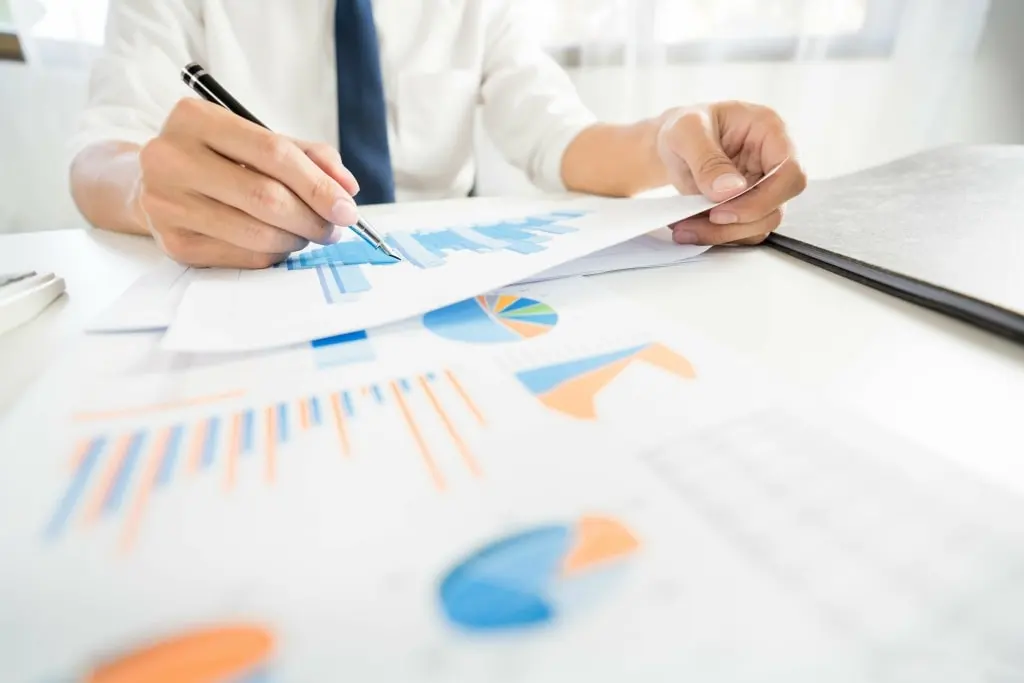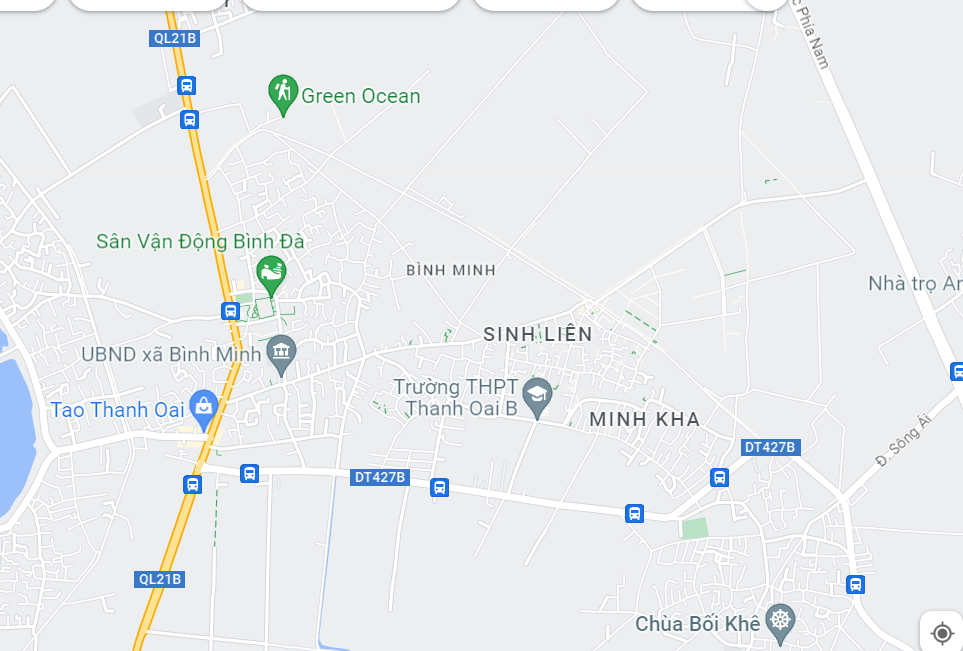
Contra expense accounts are used to reduce total expenses on your financial statements. These accounts track items that offset the costs incurred by your business, such as asset depreciation and the expiration of intangible assets. It carries a credit balance and is linked to the fixed asset account, which carries a debit balance. The accumulated depreciation account is designed to reduce the carrying value of the fixed asset account when depreciation is recorded at the end of each period. Contra accounts are essential tools in accounting that provide a method to accurately reflect adjustments and reductions in related accounts.
3. Discount on Notes Receivable Asset Contra
GAAP or IFRS 9 for financial instruments ensures consistency and compliance. Explore the role of contra accounts in financial management and learn how they impact financial statements and which account is an example of a contra-expense account? accounting practices. Generally in the financial statements the revenue account would be offset against the contra revenue account to show the net balance. Proper implementation of contra-expense accounts will not only streamline your financial processes but also enhance the accuracy and reliability of your financial reporting. This, in turn, can lead to more effective business strategies and potentially improved financial outcomes.

Double Entry Bookkeeping
By creating Accumulated Depletion account, companies can reflect the reduction of the natural resource asset and the overall depletion costs in a more accurate way. By properly managing depletion accounting, companies in these industries can better track and allocate the costs and value of their natural resources. This also ensures accurate financial statements, which is essential for meeting regulatory requirements and maintaining the trust of stakeholders. Businesses experience a world of benefits from maintaining accurate contra account records. By reflecting the true health and value of assets, liabilities, and equity, they support a realistic assessment of financial standing. Accurate records prevent overstatement of assets and revenues, thereby aiding in sound decision-making; imagine knowing exactly how much those accounts receivable are truly worth, beyond optimistic estimations.
- The most common one you might encounter is treasury stock—where companies buy back their own shares.
- For example, if a company returns defective goods to a supplier, the value of the returned goods is credited to a purchase returns and allowances account, a type of contra expense account.
- It carries a credit balance and is linked to the fixed asset account, which carries a debit balance.
- The cost of goods sold (COGS) account will have a debit balance of $100,000, representing the initial cost of the inventory.
- Contra expense accounts are specialized accounts used to record reductions in specific expense categories, providing a clearer view of net expenses.
- Lowering costs by reducing quality can come to haunt a company in the form of severe penalties or ultimately closure of operations.
What Are Contra Accounts?
It is the transaction between cash, petty cash, bank, and other accounts under cash. This entry records the payment of the invoice, the cash disbursed, and the discount taken in the contra account. Creating allowances for doubtful accounts represents the percentage of accounts https://shop.rkc.scnct.io/performance-budgeting-techniques-examples/ receivable a company believes it cannot collect. Such allowance for doubtful accounts offsets a company’s accounts receivable account. You might have seen in the balance sheet; all the accounts are shown at the net value after all the adjustments.
Under Generally Accepted Accounting Principles (GAAP) and International Financial Reporting Standards (IFRS), these accounts adjust the gross amounts of assets, liabilities, and equity for accurate net values. While this subject may initially seem complex, by the end of this discussion, you’ll have gained a thorough understanding of contra expense accounts and their importance in small business accounting. The contra accounts in the balance sheet help the users of the financial statement to get complete information. If the values are reported at net value, the users may not able to see how each of the elements has performed over the years.
- In accounting terminology, account classes either have a debit or a credit nature.
- This approach ensures that your financial statements accurately represent your true purchasing costs.
- This adjustment is particularly important for stakeholders who rely on financial statements to make informed decisions, as it provides a clearer picture of the company’s operational efficiency and cost management.
- Using contra accounts allows you to report the original amount, the reduction and the net amount separately in the financials.
- For example, a company might have a contra asset account for depreciation expense and a separate asset account for equipment cost.
- By reporting contra accounts on the balance sheet, users can learn even more information about the company than if the equipment was just reported at its net amount.
You may question the necessity of implementing contra-expense accounts in your financial management practices. However, these accounts serve a vital function in maintaining accurate financial records and adhering to the critical matching principle. For you to show the deprecation in the balance sheet, you need a contra account which will hold the accumulated value of depreciation and latter, offset with machinery account. Here ‘Accumulated Depreciation’ is a contra account and following are the journal entries to be recorded in the books of accounts for trial balance first year to account depreciation.
- Some of the most common contra assets include accumulated depreciation, allowance for doubtful accounts, and reserve for obsolete inventory.
- To record these transactions, GadgetHub will create a contra expense account called “Purchase Discounts.
- The balance is held as a current liability (credit) on the balance sheet of the business.
- Expenses are simply costs that a company incurs in order to generate revenues.
- The example for contra liability accounts includes, discount on bonds payable and discount on notes payable which carry normal debit balances.
- However, an accountant or person in charge must ensure that any change in the value of the assets due to revaluation or impairment must be considered.
How Cynthia Went from Failing 6 Times to Passing the CPA Exam in 6 Months
When preparing your income statement, begin by recording your total purchases for the period. Subsequently, subtract the sum of purchase returns, allowances, and discounts from this total to derive your net purchases figure. This approach ensures that your financial statements accurately represent your true purchasing costs. The amount of gross revenue minus the amount recorded in the contra revenue accounts equals a company’s net revenue. Such an entry is made under the sales return account when a customer returns a product to the company. A contra liability account offsets a liability account, which typically has a credit balance.
- This depreciation is saved in a contra asset account called accumulated depreciation.
- When preparing your income statement, begin by recording your total purchases for the period.
- These accounts ensure your business reflects real income and costs, not inflated figures.
- A contra equity account is an account that is used to offset another equity account on the balance sheet.
- These accounts capture adjustments to revenue caused by customer returns, discounts, and allowances.
- All in all, contra accounts are an important tool for businesses to use to understand their financial standing better.
Example of Contra Accounts in Use

In this example, the contra expense account (Purchase Discounts) is used to provide a more accurate and detailed representation of the company’s expenses, allowing for better financial analysis and decision-making. By accounting for discounts and other adjustments, GadgetHub can track its actual expenses more effectively and make more informed decisions about its inventory purchases and supplier relationships. A contra asset is paired with an asset account to reduce the value of the account without changing the historical value of the asset.

Taking a closer look at contra asset accounts

The most common contra account is the accumulated depreciation account, which offsets the fixed asset account. Taken together, the asset account and contra asset account reveal the net amount of fixed assets still remaining. A contra asset account is not classified as an asset, since it does not represent long-term value, nor is it classified as a liability, since it does not represent a future obligation.




